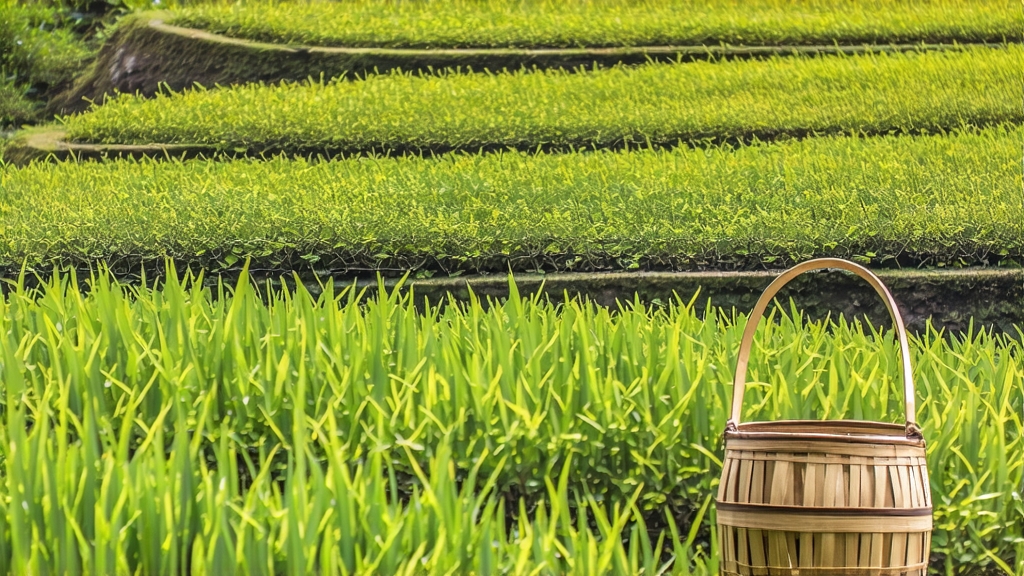
Tucked high on the northern escarpment of the Meng Ding massif in Sichuan province, a tea has been quietly seducing emperors, poets and monks for more than twelve centuries. Meng Ding Huang Ya—literally “Yellow Bud from Meng Peak”—is the most aristocratic member of China’s tiny yellow-tea family, a category so scarce that even lifelong tea drinkers inside China may never meet it in leaf form. Unlike the green teas that surround it on every hillside, Meng Ding Huang Ya undergoes a secret, slow “sealing of the yellow” that turns the liquor the color of antique ivory and the aroma into a memory of orchards after rain. This essay invites the international reader to step beyond the glass wall of Chinese tea mystique and meet a living fossil of flavor, learning how it was born, how it is coaxed into being, and how to wake its dormant perfumes in a simple kitchen anywhere on earth.
Historical tapestry
The first credible record appears in 808 CE, when the Tang dynasty court dispatched tea officers to Ya-an prefecture to secure “the bud that looks like the beak of a sparrow, yellow as goose down.” By Song times the tea had become rent-in-kind; Ming Taizu’s 1391 edict that abolished compressed tribute cakes specifically exempted Meng Ding Huang Ya because it was already too revered to be reshaped into bricks. Qing emperors enlarged the imperial order to 360 kilograms annually; the entire crop left Sichuan by courier horse, wrapped in bamboo skin and yellow silk, arriving in Beijing before the Dragon-Boat festival frost had melted from the saddles. When the empire collapsed in 1911 the gardens reverted to monks and market gardeners, and the technique of men huang—the slow yellowing step—was almost lost during the 1960s collectivization. A single stone tablet carved in 1853, discovered face-down in a yak shed in 1982, provided the missing time-and-temperature ratios that allowed state tea scientists to resurrect the cultivar in 1985. Today only 28 hectares on the mist shelf between 800 m and 1200 m are authorized to bear the name, producing perhaps 1.2 tonnes in a good spring.
Micro-terroir
Meng Ding mountain is the first high barrier that monsoon clouds meet after rising from the Sichuan basin; on 230 foggy days a year the humidity stays above 85 %, filtering sunlight into a soft, blue-green glow that lengthens the amino-acid building phase of the young leaf. The soil is a crumbly quartz-rich phyllite weathered from pre-Cambrian shales; its porosity forces roots to struggle, concentrating aromatic precursors. Night temperatures can drop 12 °C below daytime highs, locking in malic and citric acids that later translate into the tea’s signature quince note. No other yellow tea enjoys this precise diurnal rhythm; move the bush two valleys east and the chemistry collapses.
Cultivar identity
The local population is dominated by a seed-propagated strain known to botanists as Camellia sinensis var. sinensis ‘Ya-an #9’. The bush is small-leaf, slow budding, and unusually rich in linalool synthase genes, explaining the honeysuckle top note that appears after the yellowing step. Farmers still allow 10 % of the garden to grow from seed rather than cuttings, believing sexual reproduction keeps the “mountain energy” vigorous. Buds are plucked at the “sparrow tongue” stage—one unfurled leaf still embracing the downy tip—when the shoot is barely 2 cm long and weighs 0.12 g, lighter than a housefly.
The choreography of men huang
Yellow tea’s soul lies in one extra, maddeningly delicate phase inserted after kill-green and before final drying. The Meng Ding version unfolds across three nights and two days, always under a waxing moon because higher midnight humidity slows dehydration.
- Sha-qing (kill-green): 220 °C on a brushed-carbon steel wok for 3.5 minutes; the leaf loses 35 % moisture but enzymes must stay alive for the next act.
- Re-wrap sweating: the hot leaf is immediately piled 8 cm deep inside a linen bag and slid into a bamboo chamber kept at 40 °C and 78 % RH. Over six hours the mass respires, turning from jade to pale primrose as chlorophyll gently oxidizes.
- First re-f